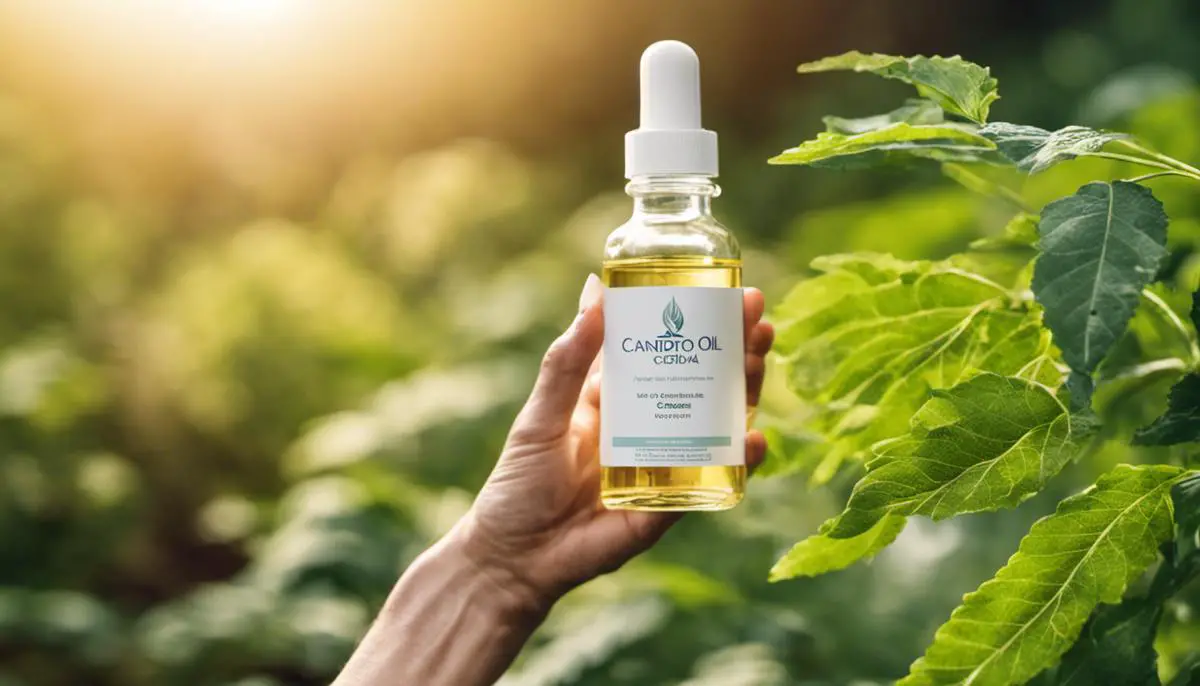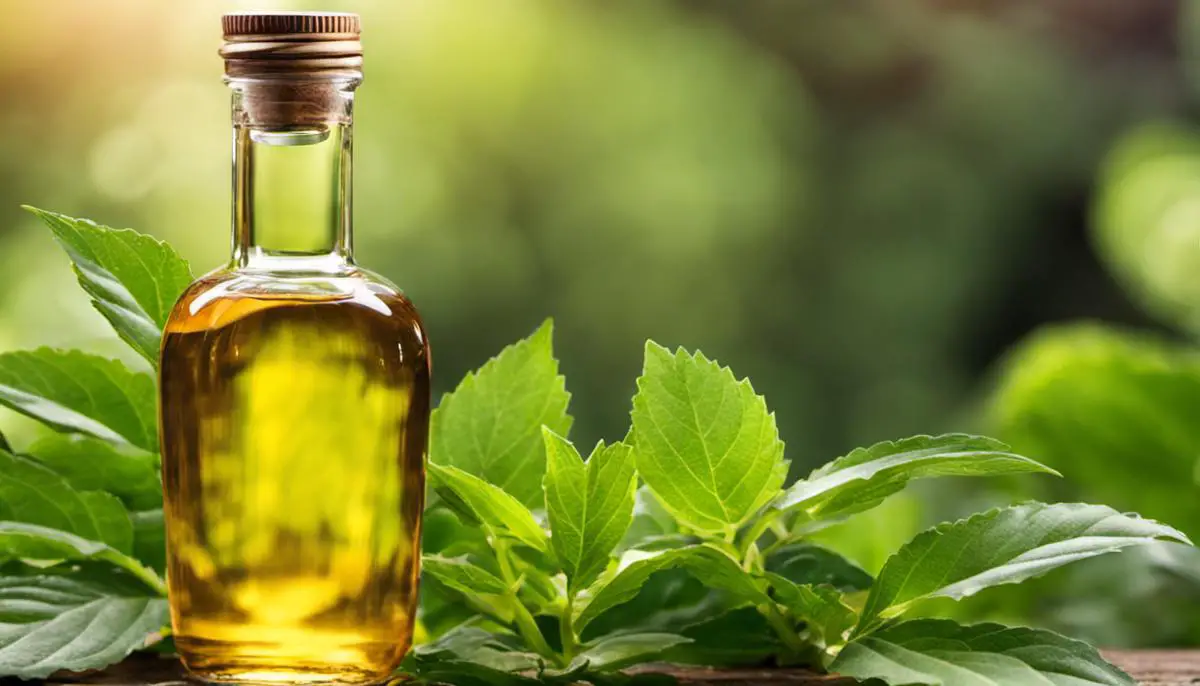Imagine grappling with an overgrowth of a common organism, Candida, and enduring symptoms of systemic yeast infections. The struggle can feel daunting as it affects not only your physical health but can also be mentally draining. The solution might not always be over the counter medicines; nature has its own arsenal of remedies, and castor oil is a potential warrior in that regard. This essay will explore what Candida is, its impact on health, why its growth may become an issue and how castor oil could potentially become your new best friend in combating this common health concern. With pertinent information about the origin, extraction, and medicinal properties of castor oil added to the mix, you’ll gain integral insights into why this oil could be the missing piece to your Candida treatment puzzle.
Understanding Candida and its Impact on Health
Understanding Candida and Its Impact on Health
Candida is a type of fungus, a microorganism that is a normal part of the gut flora. Usually, Candida lives in harmony with other microorganisms in our body, such as bacteria. However, under certain circumstances, Candida can multiply and overgrow, leading to a number of health problems. The most common species of Candida causing human infections is Candida albicans.
This overgrowth can result in common forms of infections, such as oral thrush, vaginal yeast infections, and skin and nail fungal infections. The symptoms can range from mild, such as itching and burning, to severe, including painful sex or swallowing, depending on the area of infection.
In addition, Candida overgrowth can be associated with several medical conditions. For example, it can lead to invasive candidiasis, where the Candida fungus enters the bloodstream and spreads throughout the body, causing severe infections. Candida overgrowth has also been associated with chronic fatigue syndrome, mood disorders, autoimmune diseases, and neurological problems.
Common causes of Candida overgrowth include a weakened immune system, prolonged use of antibiotics, diabetes, and hormonal changes during pregnancy. Certain lifestyle habits, such as a high-sugar diet and stress, can also promote Candida overgrowth.
Treating Candida with Castor Oil
Extracted from the castor plant bean, castor oil has intriguing antifungal properties. Its main element, ricinoleic acid, has shown possible antifungal influence against Candida during laboratory examinations, thus indicating it as a potential treatment alternative.
However, when addressing Candida overgrowth with castor oil, one must remain aware of the possible side effects. For skin and nail fungal infections, the oil’s topical application may prove useful, but internal use might cause digestive issues, nausea, and in rare instances, an allergic response.
Bearing in mind its potent laxative effects, castor oil should not be taken orally. Instead, using a castor oil pack, where an oil-soaked cloth is applied to the skin, may offer antifungal benefits without the risk of upsetting the digestive system.
Although a handful of individuals have reported positive outcomes after employing castor oil for Candida treatment, there is limited scientific research backing its effectiveness. Accordingly, anyone contemplating alternative Candida overgrowth therapies, like castor oil, should speak with their healthcare providers. It’s crucial to understand that castor oil doesn’t replace conventional antifungal treatments or other professional healthcare recommendations.
Integrating castor oil regimen with a balanced, low-sugar diet, routine physical activities, and stress management can generally help control Candida overgrowth. It’s equally essential to tackle any underlying health risks that may exacerbate Candida overgrowth, such as diabetes or a compromised immune system.

Overview of Castor Oil and its Medicinal Properties
An Introduction to Castor Oil and its Medicinal Qualities
Extracted from the seeds of the Ricinus Communis plant, which is native to the Mediterranean, Eastern Africa, and India, castor oil is typically a colorless to very pale yellow liquid with a noticeable taste and smell. The method of extraction involves pressing seeds after their outer shells have been removed.
Its usage can be traced back to olden times when it was employed for various medicinal and therapeutic uses. Due to its rich content of fatty acids, especially ricinoleic acid, castor oil has been utilized in different cultures as a natural remedy for a variety of conditions ranging from constipation to skin diseases. It’s this unique fatty acid that is credited with the oil’s remarkable healing attributes.
Properties of Castor Oil
Castor oil is a multifaceted natural remedy due to its rich composition. Besides the dominant ricinoleic acid, it contains oleic acid, linoleic acid, stearic acid, and other beneficial components. These constituents imbue castor oil with its strong anti-inflammatory, antimicrobial, and antifungal properties.
In terms of its antifungal traits, castor oil has shown efficacy in inhibiting the growth of various fungi, including Candida species. This antifungal activity is attributed to the undecylenic acid in castor oil, a fatty acid that can hinder the multiplication of fungal cells.
The anti-inflammatory properties of castor oil are also noteworthy. Ricinoleic acid can reduce inflammation and pain when applied topically. These characteristics, coupled with its moisturizing effects, make it a helpful agent in alleviating various skin conditions.
Castor Oil for Candida Treatment
Candida, a type of yeast, causes various infections in the human body, with oral thrush and vaginal yeast infections being the most common. If not controlled, these yeast cells can quickly multiply and cause a condition known as Candidiasis.
Castor oil, with its antifungal properties, is potentially effective against Candida overgrowth. Its active component, undecylenic acid, has been shown to be particularly effective against Candida, specifically.
Also, due to its anti-inflammatory properties, castor oil may help alleviate symptoms brought on by Candida overgrowth such as itching and inflammation.
When using castor oil for candida treatment, it’s important to note that pure, cold-pressed castor oil is recommended. Also, always perform a patch test before completely integrating it into your skin routine to ensure that your skin tolerates it.
Final Thoughts
Known for its potent antifungal and anti-inflammatory properties, castor oil might be an effective solution for dealing with Candida overgrowth. But it’s important to bear in mind that the impact of natural remedies can vary from person to person, hence consulting with a health expert is always recommended before using castor oil as a treatment.

Application of Castor Oil for Candida Treatment
Exploring Castor Oil and Candida
Castor oil is a product of the Ricinus communis plant and has been widely used in traditional medicine due to its rich anti-inflammatory and antioxidant qualities. Contrastingly, Candida is a form of yeast naturally found in the human body which can, however, lead to infections if it multiplies excessively. Overpopulation primarily happens in the mouth, throat, or genital region, causing unpleasant symptoms such as itching, burning, and the formation of white patches.
Castor Oil as a Natural Treatment for Candida
The potential of castor oil in treating Candida relies on its antifungal properties. It is believed that the ricinoleic acid, a monounsaturated fatty acid that makes up over 85% of castor oil, possesses this antifungal activity. Some laboratory-based researches show that ricinoleic acid can inhibit the growth of many types of pathogens, including Candida.
Effective Application of Castor Oil for Candida
When it comes to applying castor oil for Candida, it isn’t a one-size-fits-all solution. Each person is unique and may respond differently to the treatment. However, castor oil can be used in a few common ways. Topically, it can be applied directly to the affected area. For vaginal yeast infections, a tampon soaked in castor oil can be inserted overnight. For oral thrush, it can be used as a mouth rinse.
Consumption of Castor Oil for Candida
For systemic Candida overgrowth, castor oil can be consumed orally. It is usually taken on an empty stomach before breakfast. The recommended dosage varies, but a typical starting point is one teaspoon per day, gradually increasing to a maximum of two tablespoons per day if well-tolerated. However, long-term use and high doses of castor oil should be avoided due to its potential laxative effect.
Potential Side Effects of Castor Oil
Castor oil usage isn’t without potential side effects. Some people might experience allergic reactions like skin rashes, itching, or difficulty breathing. Oral consumption can lead to nausea, diarrhea, abdominal pain, or cramping due to its laxative property.
Moreover, pregnant women should avoid using castor oil as it’s linked to an increased risk of inducing labor.
Time Frame for Results
The time it takes for castor oil to show results in Candida treatment varies from study to study and from person to person, depending on the severity of the infection and individual reaction to the treatment. Some claim to see improvement within a few days, while others might take weeks. The key is consistency and patience in its usage.
Scientific and Anecdotal Evidence
Most evidence supporting the use of castor oil for Candida treatment is anecdotal, often propagated by those who practice herbal medicine. Scientific research into this area is limited and mostly confined to laboratory settings. Hence, further clinical trials are needed to solidly establish the role of castor oil as a credible natural treatment for Candida infection.
Consult with a Healthcare Professional
Although castor oil has potential as a natural remedy for Candida overgrowth, it’s important to consult with a healthcare professional before starting any new treatment. This is especially true for individuals with preexisting conditions or those who are pregnant or breastfeeding.

When treating Candida, it is essential to be thoroughly informed and consider all available options. There’s no denying the widespread health benefits and antifungal properties of castor oil, making it a potential savior for those grappling with Candida overgrowth. However, it’s important to remember that while castor oil offers promising results, everyone’s body is different and may react differently to its application or consumption. Therefore, careful, measured and supervised usage is key – Let castor oil be a part of a varied, balanced approach to improving your health. The control and the power to manage your health is in your hands; be informed, be persistent, and most crucially, be patient. Your journey to health is not a sprint, it’s a marathon.
